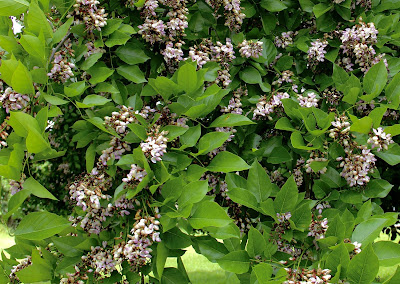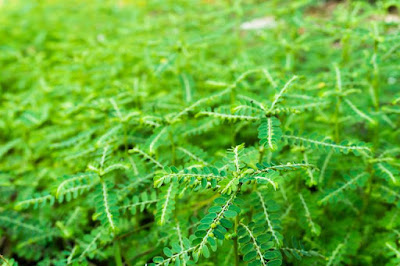Medicinal plant - Pongamia pinnata
Scientific name: Pongamia pinnata
Common names: Indian beech, Karanj, Kanuga, Pongam Oiltree and Naktamala
Scientific classification:
Kingdom: Plantae
Class: Magnoliopsida
Order: Fabales
Family: Fabaceae
Genus: Pongamia
Species: pinnata
Pongamia pinnata
Habit: Tree
Description: This is an evergreen tree which grows up to 8 m with branching roots; Bark is smooth, gray in color; shiny leaves are present, young leaves are pinkish red, matured leaves are glossy, deep green in color, leaflets are 5-9, terminal leaflet longer than the others. Flowers are fragmented, in long racemes, cup-shaped and pink. Fruits are square shaped, pod short, stalked flat, smooth; fruits are one-seeded, the seed is thick.
Useful parts: Seed, bark, and root
Medicinal uses: Useful to cure skin diseases, piles, cold, cough and anti-inflammatory
Dosage: Powder of this root is used in skin diseases, to treat digestion problems and oil is used to treat piles and abdominal tumors. Seeds are used to treat ailments, for micrococcus, cold, cough, diarrhea, dyspepsia, flatulence, gonorrhea and leprosy. Root is used to clean teeth and also used to treat ulcers; powder of bark is internally used for bleeding piles
Juice and oil are antiseptic, anti-inflammatory and anti plasmodic
Chemical constituents: Ovelitenone, karanjin, pongapin, kanugin, 3-metho-oxypongapin, pongol. Kanjone, gamatin, glabrin, neoglbrin, ionchocarpin, galactoside, sucrose, stigma sterol, beta-sitosteryl acetate, capric acid , oleic acid, palmitic acid, stearic acid, octadecatrienoic acid, and lauric acid.
(Image Source: Goole Image)
- Shree Ambica
(Image Source: Goole Image)
- Shree Ambica




Comments
Post a Comment